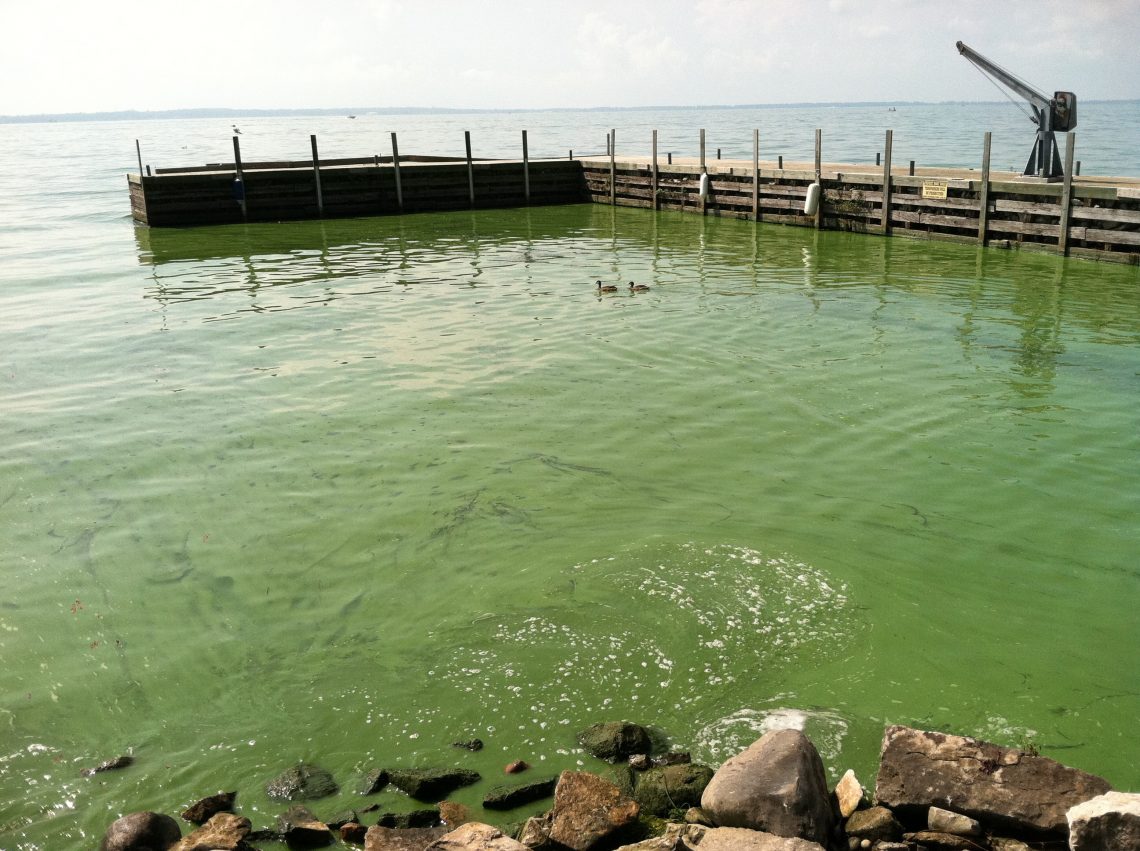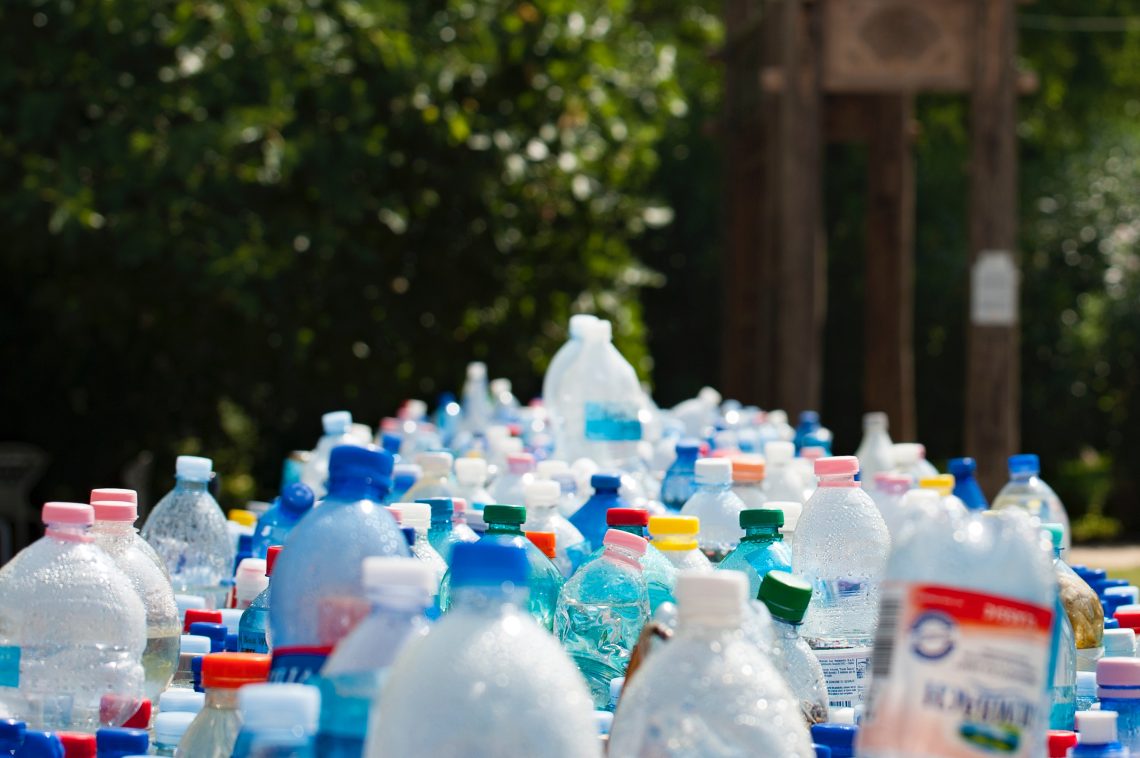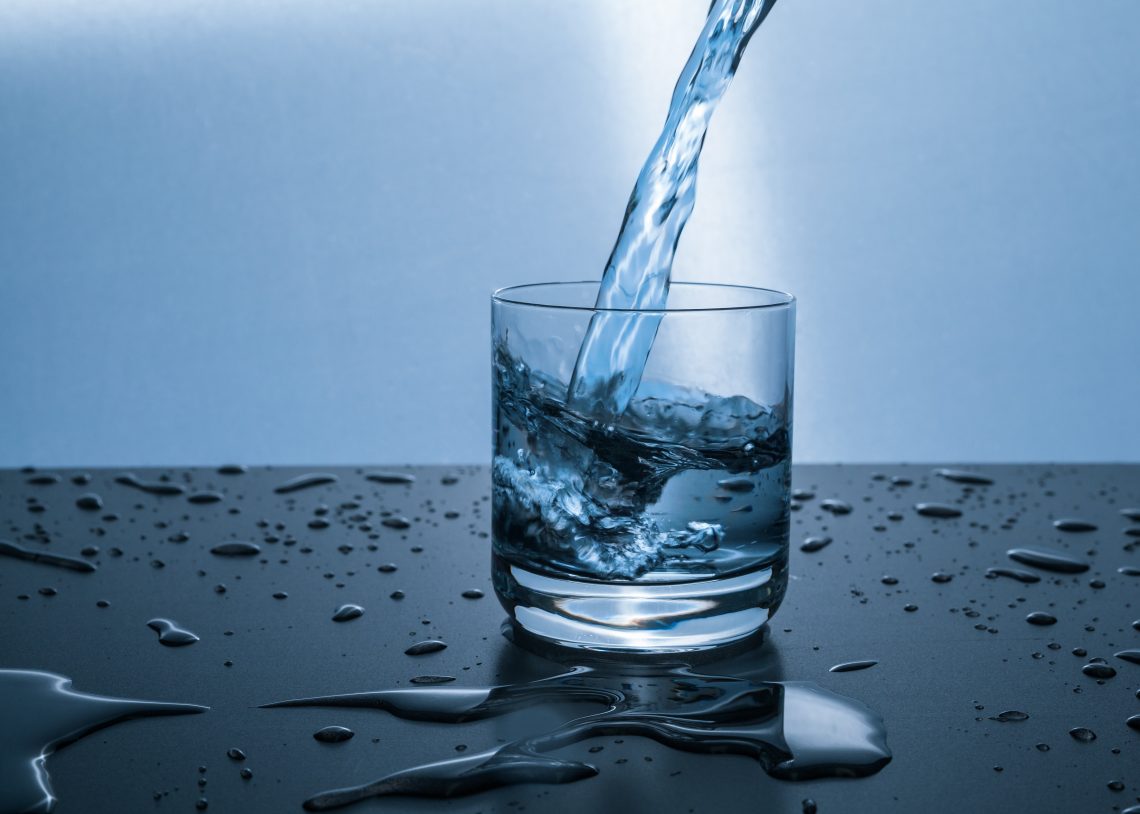Although state lockdowns have served governors well as a heavy-handed show of force, the policies are a patent neglect of the many nuances inherent in human action. They have led to a host of unintended consequences, including the emergence of a new health crisis—a dangerously sharp rise in mental illness. Though states are gradually wading out of lockdown, the damage…
-
-
The biology of coffee, the world’s most popular drink
You’re reading this with a cup of coffee in your hand, aren’t you? Coffee is the most popular drink in the world. Americans drink more coffee than soda, juice and tea — combined.
-
New Year’s anxiety hangover? Here’s what’s happening in your brain
Have you ever woken up in the morning (or afternoon) in a cloud of worry after having a few drinks the night before?
-
How junk food shapes the developing teenage brain
Obesity is increasing worldwide, especially among children and teenagers. More than 150 million children in the world are obese in 2019. These children have increased risk of heart disease, cancers and Type 2 diabetes.
-
OPINION: Farmers need flexibility to fight Lake Erie’s algae problem
Phosphorus from fertilizer running off cropland has been identified as the main culprit behind Lake Erie’s algal woes, and the potential for governments in my province of Ontario and elsewhere to implement farm-level regulations has some farmers nervous.
-
Hardly anybody is safe from the estrogenic effects of plastic
You might've heard about BPA in the news a few years back. It's a chemical frequently used in production of polycarbonate plastics, which make up nearly all the disposable water bottles, food can linings, and food wrappers we use daily.
-
In search of safe replacements for harmful chemicals used in cookware, carpets, clothing, cosmetics and more
When Donald Taves discovered two kinds of fluoride in his blood in the late 1960s, he immediately knew something was wrong. Everyone assumed that blood contained just one type of fluoride, a naturally occurring form that health officials added to drinking water to prevent cavities. But levels in people’s blood didn’t seem to relate to those found in their water…
-
How even your clothes may be harming you
You might've read about the adverse health effects of wearing synthetic fabrics and thought to yourself, “It's no problem-- I'll just wear cotton clothing!” Unfortunately, it's not as simple as that.
-
Most Americans drink fluoridated water. Is that a good thing?
If you’re like many Americans, you drink fluoridated water without questioning its safety or efficacy. For decades municipalities have been adding fluoride to water supplies to reduce the incidence of tooth decay at the advice of numerous highly credentialed entities, including the World Health Organization, the U.S. Public Health Service, the American Dental Association and the American Academy of Pediatrics.
-
What does the environment have to do with autism?
The search for autism’s causes is a daunting task — but researchers are investigating a variety of factors that might play a role. Written by Liza Gross Republished with permission from Ensia.com. If you look just at the numbers, you might think autism rates are spiraling out of control. The rates seemed high enough at 1 in 150 in 2000,…











